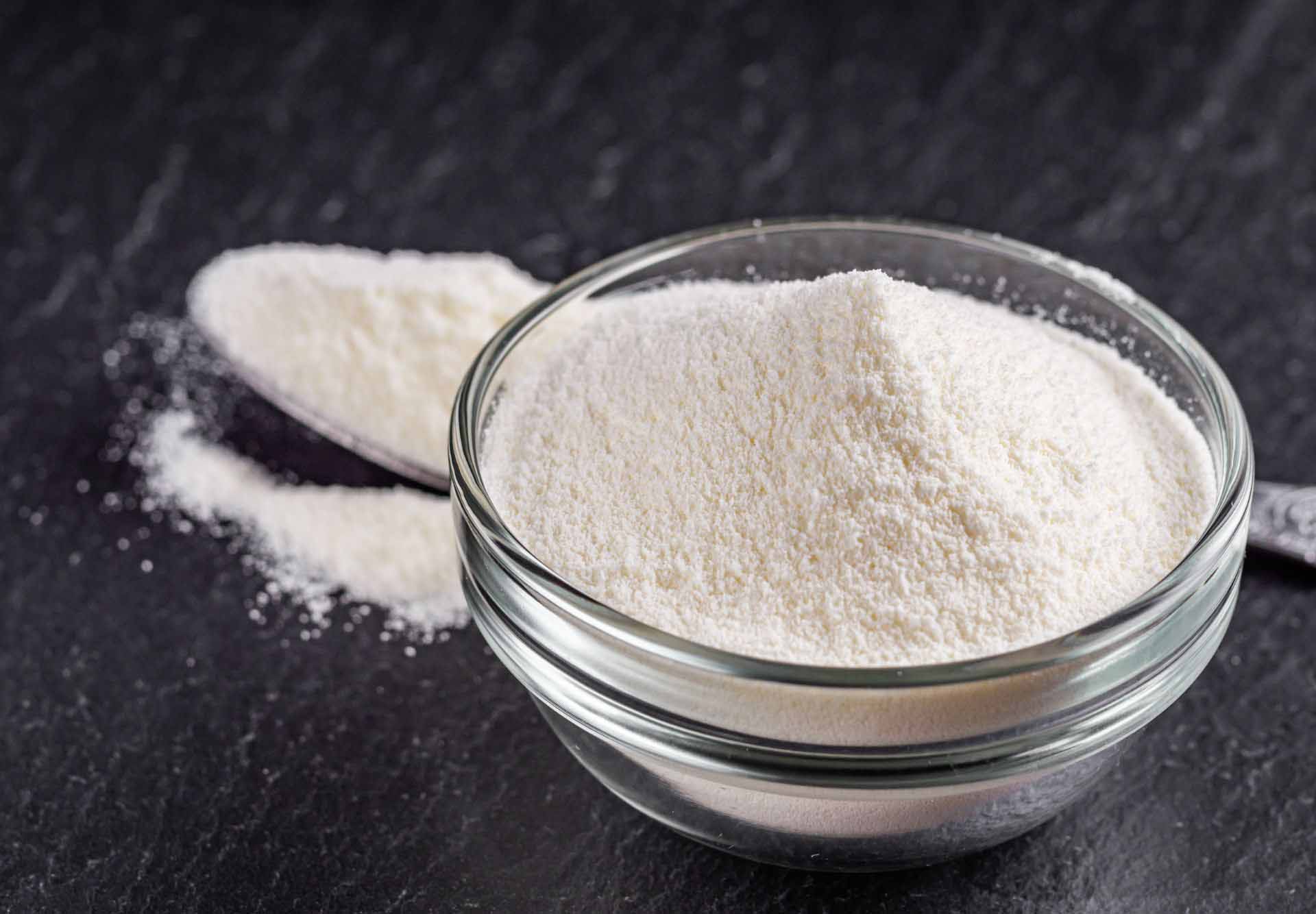What is this stuff, potassium carbonate? It sounds like something you wouldn’t find in a typical cuisine, therefore, I’m guessing we won’t be adding it to our lexicon very soon.
------Advertisement-----
Wikipedia states that the two primary manufacturing applications for this chemical are soap and glass. Despite its unappealing name, potassium carbonate is a vital component of many well-loved Asian recipes (as well as Dutch-processed cocoa powder, for those who are curious).
In this short piece, I’ll explain what it is, how it’s used, and why it’s essential in a few standard recipes.
------Advertisement-----
WHAT IS POTASSIUM CARBONATE?
K2CO3, or potassium carbonate, is a chemical that resembles pure white salt in appearance. Since it dissolves easily in water, it is typically marketed as a liquid in Chinese supermarkets for use in the kitchen. This remedy is called gansui in Cantonese and jiǎn shuǐ (碱水) in Mandarin. It’s also known in English under the names “lye water” and “alkaline solution.”
WHAT IS ITS APPLICATION?
Alkaline potassium carbonate solution is added to the dough for noodles, you tiao (fried Chinese crullers), and some bread production to increase the dough’s pH. In addition to its use in jian shui zongzi (alkaline rice dumplings), this ingredient is often put on mooncakes before baking to give them a deep amber color (you only need a teaspoon for an entire batch to achieve this).
------Advertisement-----
Similar to how baking soda alters the pH and flavor of other foods, potassium carbonate accomplishes the same thing in this one.
Anyone who has ever boiled pretzels in a mixture of water and baking soda and experienced the unique flavor of a pretzel can attest to this.
Ramen noodles get their distinctive flavor, chewy texture, and yellow color from potassium carbonate, which is commonly used in Japanese cooking. Bakers in Europe use it in bagels, pretzels, and gingerbread, and North American cooks used it to leaven quick bread before baking powder became popular.
Cocoa powder’s pH can also be neutralized with it (to reduce the natural acidity of cocoa beans). What is commonly known as “Dutch processed” cocoa powder is actually cocoa powder to which potassium carbonate has been added.
PURCHASE AND STORAGE
Potassium carbonate is typically utilized in its liquid form in Chinese cooking. Dissolved potassium carbonate is widely accessible in Chinese supermarkets. Some people also recommend using baking soda as part of the treatment (sodium bicarbonate).
Once the bottle has been opened, store it in a cool, dark area away from light.
